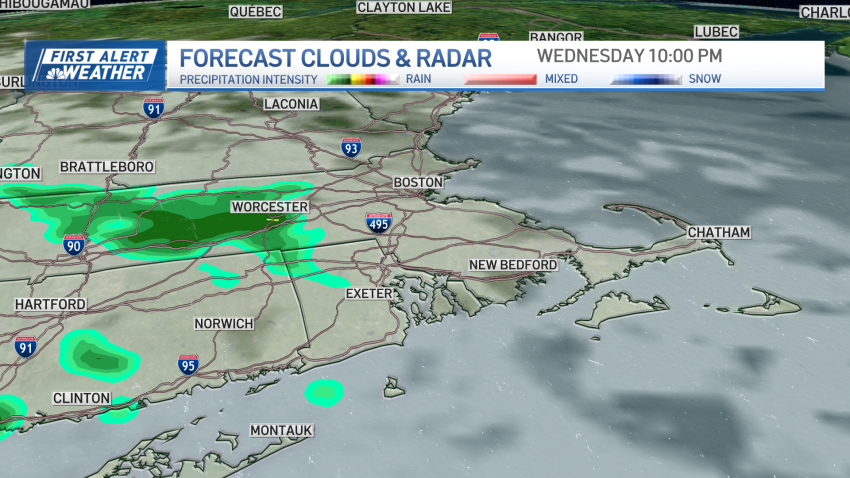
What can we expect from Celtics without Tatum in Game 5 vs. Knicks?
Beating the Knicks in Game 5 without Jayson Tatum will take a group effort from the Celtics’ battle-tested veterans.

Beating the Knicks in Game 5 without Jayson Tatum will take a group effort from the Celtics’ battle-tested veterans.

The Bruins are searching for a new head coach. Should they consider Rick Tocchet?

Enjoy the sun while you can! More rain is headed to the Boston area this week.

Primary care physicians pleaded with lawmakers Monday to devote new funding toward the sector, warning that staff shortages and long waits for appointments will worsen without action.

Drake Maye is approaching Year 2 a little differently, and that’s a good thing for the Patriots.

Milton Williams found out very quickly that Patriots head coach Mike Vrabel plans to hold him to a higher standard, writes Phil Perry.

Kendrick Bourne sees himself as a great fit in Josh McDaniels’ Patriots offense.



Cash-strapped Cambridge cancer biotech halves workforce

President Donald Trump’s administration is cutting another $450 million in grants to Harvard University a day after the Ivy League school pushed back against government allegations that it’s a hotbed of liberalism and antisemitism.


Workers at Fenway Park and MGM Music Hall represented by the Unite Here Local 26 union are planning a strike vote in June to advocate for higher wages.

What’s next for the Celtics after Jayson Tatum’s potentially severe injury? Chris Forsberg sifts through the short- and long-term implications.